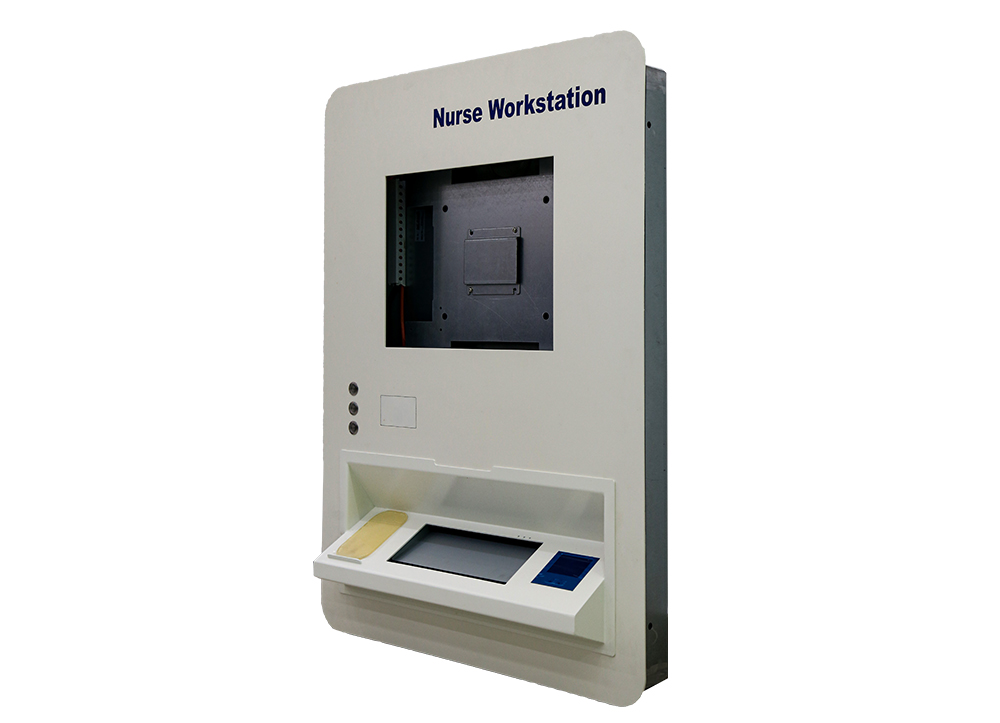Time:2022-11-18 Preview:
OSI 7-layer model
Application layer: provide network services for applications.
Presentation layer: provides encoding and conversion functions for application layer data.

Session layer: responsible for establishing, managing and terminating communication sessions between presentation layers.
Transport layer: provides error detection before connection oriented or non connection oriented data transmission and retransmission.
Network layer: provide the router with a logical address to determine the path.
Data link layer: It controls the communication between the network layer and the physical layer.
Physical layer: transfers bit streams between devices.
TCP/IP five layer model
Application layer: BGP, DHCP, BFD, SNMP, MPLS LDP and other protocols.
Transport layer: TCP, UDP and other protocols
Network layer: mainly IP protocols, as well as IPSec, GRE, VRRP, OSPF, ICMP, PIM, IGMP and other protocols.
MPLS layer: MPLS, ARP, LACP, STP/RSTP/MSTP, IS-IS and other protocols.
Link layer: VLAN, PPPoE, PPP, HDLC and other protocols
 Related News
Related News·How is sheet metal surface processing ·How to maintain the electrical system of CNC drilling machines in CNC machining centers CNC drilling ·What is the processing technology for aluminum alloy shells? ·Maintenance and advantages of automatic lathe processing ·Analysis of Automotive Parts Processing Process ·How does the CNC processing center choose a tool reasonably? ·Structural characteristics of horizontal machining centers ·How to Determine the Three Elements of Cutting Processing ·Method of checking stamping shots during hardware processing ·Analysis and elimination of common faults in high-speed electric spindle


